Home>Gardening & Outdoor>Outdoor Recreation & Activities>How Do You Fill In A Swimming Pool
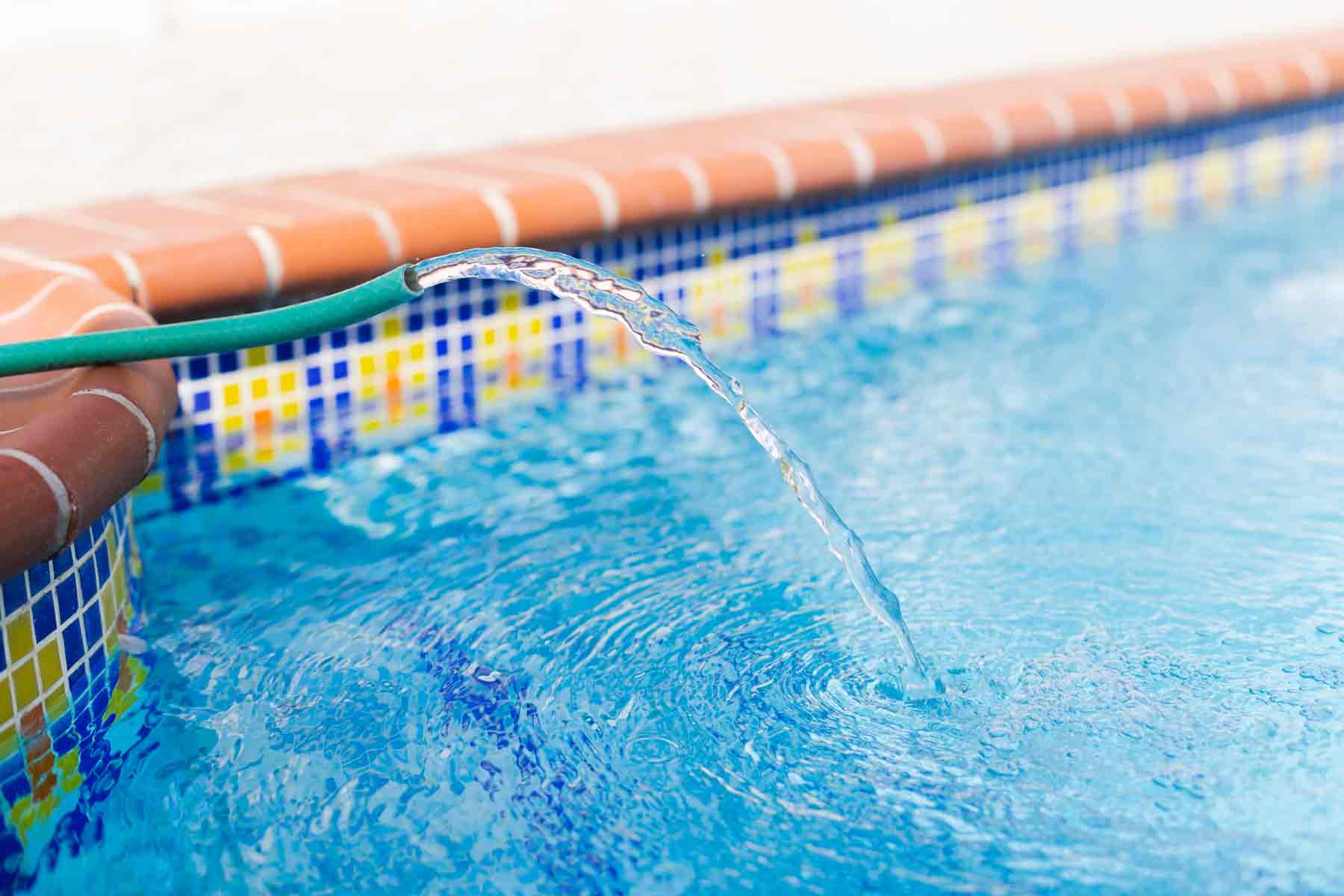

Outdoor Recreation & Activities
How Do You Fill In A Swimming Pool
Modified: February 18, 2024
Learn the step-by-step process of filling in a swimming pool to repurpose your outdoor space for other recreational activities. Discover the best outdoor recreation and activities for your backyard.
(Many of the links in this article redirect to a specific reviewed product. Your purchase of these products through affiliate links helps to generate commission for Storables.com, at no extra cost. Learn more)
Introduction
Filling a swimming pool is an exciting and essential step in creating a refreshing oasis for relaxation and recreation. Whether you are setting up a new pool or refilling an existing one, the process requires careful planning and attention to detail. From preparing the pool area to maintaining the water balance, each step contributes to the overall success of the filling process.
As you embark on this journey, it's important to consider the size of your pool and the water source available. The type of pool, be it above-ground or in-ground, also influences the filling process. Additionally, understanding the importance of water quality and the role of chemicals in maintaining a safe and inviting swimming environment is crucial.
In this comprehensive guide, we will walk you through the step-by-step process of filling a swimming pool, ensuring that you are well-equipped to tackle this task with confidence. By following these guidelines, you can achieve optimal water quality and create a pristine swimming environment for your enjoyment. Let's dive in and explore the essential steps to successfully fill a swimming pool.
Key Takeaways:
- Preparing the pool area, connecting a reliable water source, monitoring the water level, adding necessary chemicals, and maintaining water balance are crucial for creating a safe and enjoyable swimming environment.
- By following the step-by-step process and staying proactive in pool maintenance, anyone can create a pristine oasis for relaxation and aquatic enjoyment.
Read more: How To Fill Up A Swimming Pool
Step 1: Prepare the pool area
Before initiating the pool-filling process, it's crucial to prepare the pool area meticulously. This step sets the foundation for a seamless and efficient filling process while safeguarding the surrounding environment.
Clear Debris and Obstructions
Begin by clearing the pool area of any debris, such as leaves, twigs, and dirt. This ensures that the pool surface remains clean and prevents potential blockages in the drainage system. Additionally, remove any obstructions around the pool, such as furniture or equipment, to create a clear and accessible space for the filling process.
Inspect the Pool Structure
Conduct a thorough inspection of the pool structure to identify any signs of damage or wear. Check for cracks, leaks, or deteriorated surfaces that may compromise the integrity of the pool. Addressing any structural issues before filling the pool is essential to prevent water loss and maintain the overall functionality of the pool.
Secure Drainage Systems
Ensure that the pool's drainage systems are clear and unobstructed to facilitate proper water flow during the filling process. Clear out any debris or blockages in the pool's drains and ensure that the surrounding drainage channels are free from impediments. This step prevents potential flooding and ensures that the pool fills evenly and efficiently.
Read more: How Do You Backwash A Swimming Pool
Level the Pool Area
Verify that the pool area is level to prevent uneven water distribution during the filling process. Uneven surfaces can lead to imbalanced water levels, affecting the pool's overall functionality and aesthetics. Use a level tool to assess the evenness of the pool area and make necessary adjustments to achieve a uniformly level surface.
Secure Perimeter Safety
Prioritize safety by securing the perimeter of the pool area. Install barriers or safety covers to prevent unauthorized access, especially if the pool is being filled over an extended period. This precautionary measure helps mitigate potential safety hazards and ensures a secure environment during the filling process.
By meticulously preparing the pool area, you establish a solid foundation for the subsequent steps in the pool-filling process. This proactive approach sets the stage for a smooth and successful filling experience, ultimately contributing to the overall functionality and appeal of the swimming pool.
Step 2: Connect the water source
Connecting the water source is a pivotal step in the process of filling a swimming pool. It involves establishing a reliable and efficient water supply to facilitate the gradual filling of the pool. Whether utilizing a garden hose, water delivery service, or a dedicated pool-filling system, the method chosen should align with the pool's size and the available water source. Here's a detailed exploration of the key aspects involved in connecting the water source:
Assess Water Source Capacity
Before initiating the filling process, it's essential to assess the capacity and flow rate of the chosen water source. Understanding the water source's capabilities ensures that it can adequately meet the demands of filling the pool within a reasonable timeframe. Factors such as water pressure, flow rate, and availability of continuous water supply play a crucial role in determining the feasibility of the chosen water source.
Read more: How Do You Winterize A Swimming Pool
Select the Appropriate Filling Method
Depending on the pool's size and the available resources, select the most suitable method for connecting the water source. For smaller pools, a standard garden hose connected to a residential water supply may suffice. In contrast, larger pools may require the assistance of a water delivery service or a dedicated pool-filling system to ensure efficient and timely filling. Assessing the pool's water capacity and the desired filling duration aids in determining the most appropriate filling method.
Establish Secure Connections
Once the filling method is determined, proceed to establish secure connections between the water source and the pool. Ensure that all connections, whether it's a garden hose, delivery hose, or specialized filling equipment, are tightly secured to prevent leaks and ensure uninterrupted water flow. Verify the integrity of the connections and address any potential weak points to maintain a consistent and reliable filling process.
Monitor Filling Progress
As the pool begins to fill, closely monitor the progress to gauge the rate of water accumulation and ensure that the filling process proceeds as planned. Regularly check the water level to assess the filling speed and make adjustments as necessary. Monitoring the filling progress allows for timely intervention in the event of any irregularities or issues that may arise during the process.
Optimize Filling Efficiency
To optimize the filling efficiency, consider factors such as water pressure, flow rate, and the distribution of water within the pool. Adjust the water source's flow rate as needed to maintain a steady and controlled filling pace. Additionally, periodically reposition the filling point within the pool to promote even water distribution and prevent localized turbulence that may affect the pool's structural integrity.
By meticulously connecting the water source and implementing efficient filling practices, you can ensure a smooth and effective pool-filling process. This step sets the stage for achieving the desired water level while maintaining the integrity and functionality of the swimming pool.
Read more: How Do You Vacuum A Swimming Pool
Step 3: Monitor the water level
Monitoring the water level during the pool-filling process is a critical aspect that demands attentiveness and precision. As the pool gradually fills, maintaining a vigilant eye on the water level ensures that the desired capacity is achieved while preventing potential overfilling or underfilling. This step involves continuous observation and adjustment to achieve the optimal water level, contributing to the pool's functionality and visual appeal.
Regular Assessment
Regularly assessing the water level is essential to track the progress of the filling process. Utilize visual markers, such as the pool's skimmer or tile line, to gauge the water level accurately. By visually comparing the water level against these markers, you can ascertain the rate of filling and make informed decisions regarding the duration and pace of the filling process.
Adjusting the Filling Rate
Based on the observed water level, it may be necessary to adjust the filling rate to maintain precision and prevent overfilling. If the water level approaches the desired capacity, reducing the flow rate from the water source prevents excessive filling. Conversely, if the water level is below the intended mark, increasing the filling rate ensures steady progress towards the optimal capacity.
Preventing Overfilling
Preventing overfilling is crucial to avoid water wastage and potential damage to the pool's surrounding area. Continuously monitoring the water level allows for timely intervention to halt the filling process once the desired capacity is reached. This proactive approach safeguards against unnecessary water consumption and mitigates the risk of overflow, preserving the integrity of the pool and its surroundings.
Read more: How Often Do You Shock A Swimming Pool
Ensuring Even Water Distribution
Monitoring the water level also facilitates the promotion of even water distribution within the pool. By observing the filling progress, you can identify any areas experiencing uneven water accumulation and adjust the filling point as needed. This practice ensures that the pool fills uniformly, preventing imbalances that may affect its structural integrity and overall functionality.
Maintaining Safety and Efficiency
In addition to achieving the desired water level, monitoring the filling process contributes to safety and efficiency. By preventing overfilling, you mitigate the risk of potential flooding and associated safety hazards. Simultaneously, maintaining a controlled filling pace enhances the efficiency of the process, optimizing water utilization and minimizing wastage.
By diligently monitoring the water level throughout the filling process, you can achieve the optimal pool capacity while upholding safety, efficiency, and the structural integrity of the pool. This attentive approach ensures that the pool is filled to the desired level, setting the stage for subsequent maintenance and enjoyment of the pristine swimming environment.
Step 4: Add necessary chemicals
Once the pool reaches the desired water level, the next crucial step is to add the necessary chemicals to establish a safe and balanced swimming environment. Proper chemical treatment is essential for maintaining water quality, preventing algae growth, and ensuring the comfort and well-being of swimmers. Here's a detailed exploration of the key aspects involved in adding necessary chemicals to the pool:
Test Water Parameters
Before adding chemicals, it's imperative to test the pool water to assess its current parameters. Utilize a reliable water testing kit to measure essential factors such as pH levels, alkalinity, and chlorine concentration. Understanding the baseline water parameters provides valuable insights into the specific chemical adjustments required to achieve optimal water balance.
Read more: How Do You Lower Ph In A Swimming Pool
Adjust pH and Alkalinity
Based on the water test results, adjust the pH and alkalinity levels as needed to ensure they fall within the recommended ranges. pH levels influence water acidity, while alkalinity acts as a buffer to stabilize pH. By carefully adjusting these parameters, you create a comfortable and safe swimming environment while safeguarding the pool's equipment and surfaces from potential damage.
Chlorine Treatment
Maintaining appropriate chlorine levels is crucial for disinfecting the pool water and eliminating harmful bacteria and contaminants. Depending on the test results, add the necessary amount of chlorine to achieve the recommended concentration. This step promotes water sanitation and ensures a hygienic swimming experience for all users.
Algaecide Application
To prevent algae growth and maintain water clarity, consider applying an algaecide as part of the chemical treatment. Algaecides help inhibit algae formation, preserving the pool's visual appeal and preventing potential clogging of filters and circulation systems. Select an algaecide suitable for your pool type and follow the recommended application guidelines for optimal effectiveness.
Shock Treatment
Periodically administering shock treatment to the pool water helps eliminate organic contaminants and restore water clarity. This process involves adding a concentrated dose of oxidizing chemicals to rapidly sanitize the water. Shock treatment is particularly beneficial after heavy pool usage or during periods of extreme weather conditions, ensuring that the water remains clean and inviting.
Read more: How Do You Raise The Ph In A Swimming Pool
Regular Monitoring and Maintenance
Following the addition of chemicals, regularly monitor the water parameters to maintain a balanced and healthy swimming environment. Periodic testing and adjustment of chemical levels contribute to the long-term preservation of water quality and the overall functionality of the pool. Additionally, adhere to a consistent maintenance schedule to uphold the effectiveness of the chemical treatments and promote a pristine swimming experience.
By meticulously adding the necessary chemicals and maintaining water balance, you establish a safe, clean, and inviting swimming environment. This proactive approach ensures that the pool water remains pristine and comfortable, setting the stage for enjoyable and worry-free aquatic activities.
Step 5: Maintain the pool water balance
Maintaining the water balance of a swimming pool is a fundamental aspect of preserving water quality, ensuring swimmer comfort, and safeguarding the pool's structural integrity. Achieving and sustaining the ideal water balance involves a combination of monitoring key parameters, implementing corrective measures, and adhering to a consistent maintenance regimen. Here's a comprehensive exploration of the essential components involved in maintaining the pool water balance:
Regular Water Testing
Regularly testing the pool water is essential to assess crucial parameters such as pH levels, alkalinity, calcium hardness, and chlorine concentration. Utilizing a reliable water testing kit, conduct periodic assessments to gauge the current state of the water. By understanding these key parameters, you can identify any imbalances and take proactive steps to rectify them, ensuring that the pool water remains safe and inviting.
pH and Alkalinity Adjustment
Maintaining the appropriate pH and alkalinity levels is paramount in preserving water balance. The pH level influences water acidity, while alkalinity acts as a buffer to stabilize pH. If the test results indicate deviations from the recommended ranges, adjust the pH and alkalinity levels accordingly. This corrective action promotes swimmer comfort, prevents equipment corrosion, and contributes to overall water clarity.
Read more: How Do You Acid Wash A Swimming Pool
Calcium Hardness Management
Calcium hardness refers to the concentration of dissolved calcium in the water. Monitoring and managing calcium hardness levels is crucial, as excessively high or low levels can lead to water imbalances and potential equipment damage. Based on the test results, adjust the calcium hardness to align with the recommended range, ensuring the preservation of the pool's surfaces and equipment.
Chlorine Maintenance
Sustaining appropriate chlorine levels is vital for effective water disinfection and the elimination of harmful contaminants. Regularly monitor and adjust the chlorine concentration to maintain optimal sanitation. This proactive approach safeguards against bacteria growth, algae formation, and waterborne illnesses, contributing to a safe and hygienic swimming environment.
Ongoing Monitoring and Adjustment
Consistent monitoring of water parameters and proactive adjustment of chemical levels are essential for maintaining water balance. Regular testing, observation, and corrective measures contribute to the long-term preservation of water quality and the overall functionality of the pool. By adhering to a diligent monitoring and adjustment regimen, you can ensure that the pool water remains balanced, safe, and inviting for all swimmers.
By meticulously maintaining the pool water balance, you establish a pristine and comfortable swimming environment, promoting the enjoyment and well-being of all users. This proactive approach contributes to the longevity of the pool and enhances the overall aquatic experience, ensuring that the water remains a refreshing and inviting oasis for relaxation and recreation.
Conclusion
In conclusion, the process of filling a swimming pool encompasses a series of essential steps that collectively contribute to the creation of a safe, inviting, and enjoyable aquatic environment. From meticulous preparation of the pool area to the careful addition of necessary chemicals and the ongoing maintenance of water balance, each stage plays a pivotal role in ensuring the optimal functionality and appeal of the pool.
By diligently preparing the pool area, including clearing debris, inspecting the pool structure, and securing drainage systems, individuals can establish a solid foundation for the filling process. This proactive approach sets the stage for a seamless and efficient filling experience while safeguarding the surrounding environment and promoting safety.
Connecting the water source in a reliable and efficient manner is crucial for achieving the desired water level while maintaining the integrity of the pool. By assessing the water source capacity, selecting the appropriate filling method, and monitoring the filling progress, individuals can optimize the efficiency of the filling process and ensure even water distribution within the pool.
Monitoring the water level throughout the filling process is essential for achieving the optimal pool capacity while upholding safety, efficiency, and the structural integrity of the pool. This attentive approach ensures that the pool is filled to the desired level, setting the stage for subsequent maintenance and enjoyment of the pristine swimming environment.
Adding necessary chemicals to the pool, including adjusting pH and alkalinity, applying chlorine and algaecide, and administering shock treatment, establishes a safe, clean, and inviting swimming environment. This proactive approach ensures that the pool water remains pristine and comfortable, setting the stage for enjoyable and worry-free aquatic activities.
Maintaining the water balance of a swimming pool is fundamental to preserving water quality, ensuring swimmer comfort, and safeguarding the pool's structural integrity. By regularly testing water parameters, adjusting pH, alkalinity, calcium hardness, and chlorine levels, and adhering to a consistent maintenance regimen, individuals can sustain the ideal water balance, promoting a safe and inviting swimming environment.
In essence, the process of filling a swimming pool is a comprehensive endeavor that demands attention to detail, proactive maintenance, and a commitment to creating a pristine and enjoyable aquatic space. By following the outlined steps and embracing a proactive approach to pool maintenance, individuals can establish a welcoming oasis for relaxation, recreation, and aquatic enjoyment.
Frequently Asked Questions about How Do You Fill In A Swimming Pool
Was this page helpful?
At Storables.com, we guarantee accurate and reliable information. Our content, validated by Expert Board Contributors, is crafted following stringent Editorial Policies. We're committed to providing you with well-researched, expert-backed insights for all your informational needs.
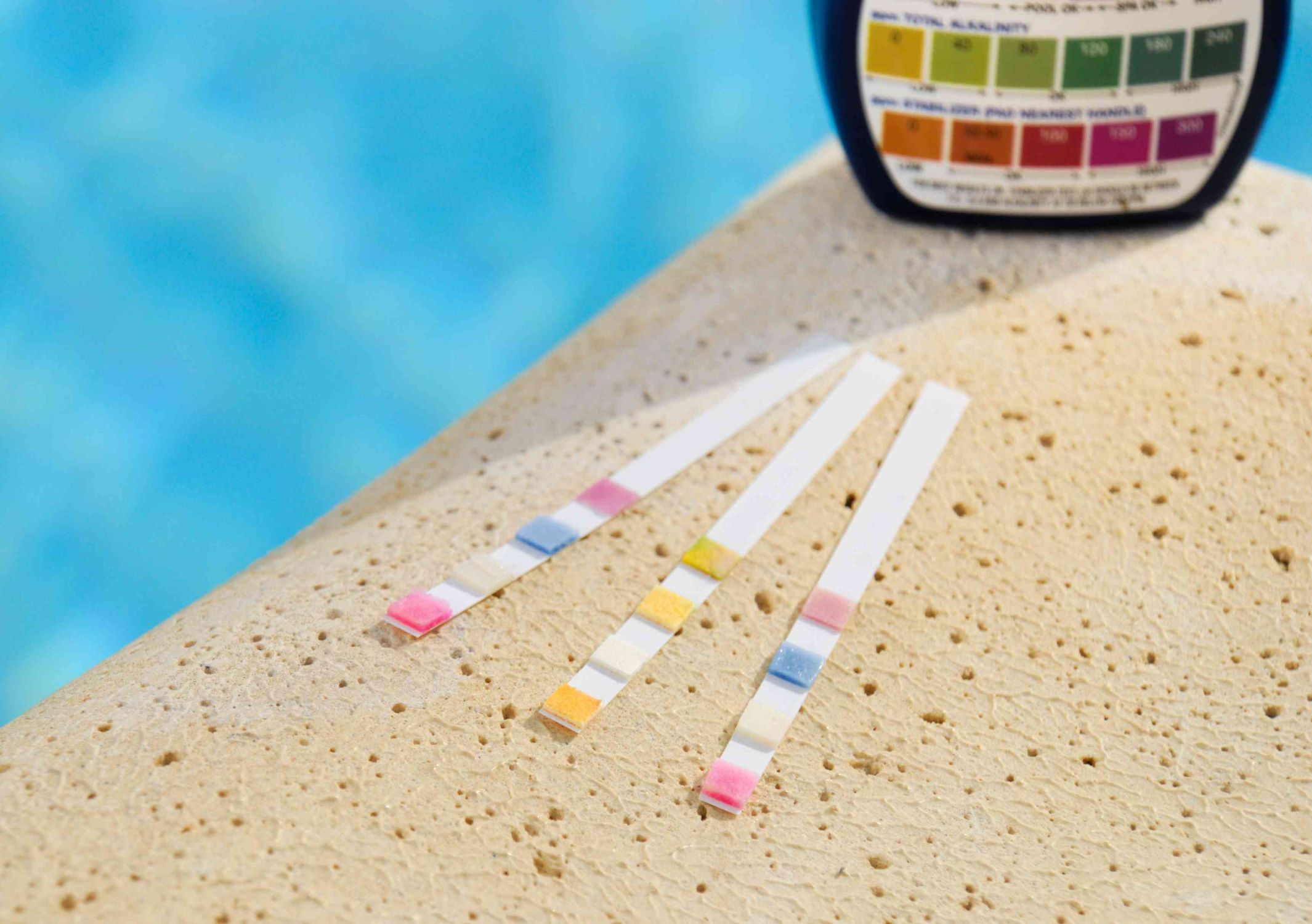
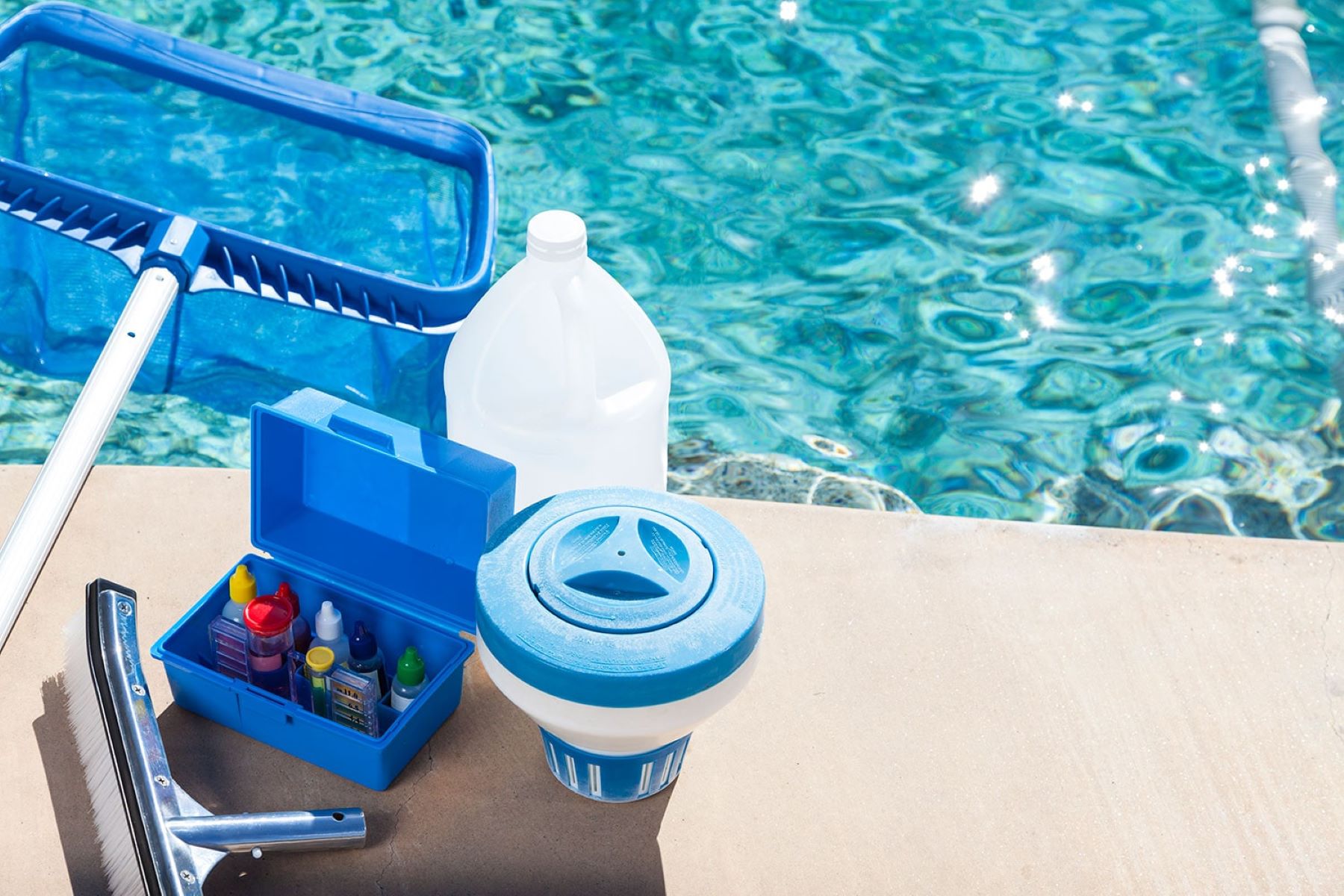
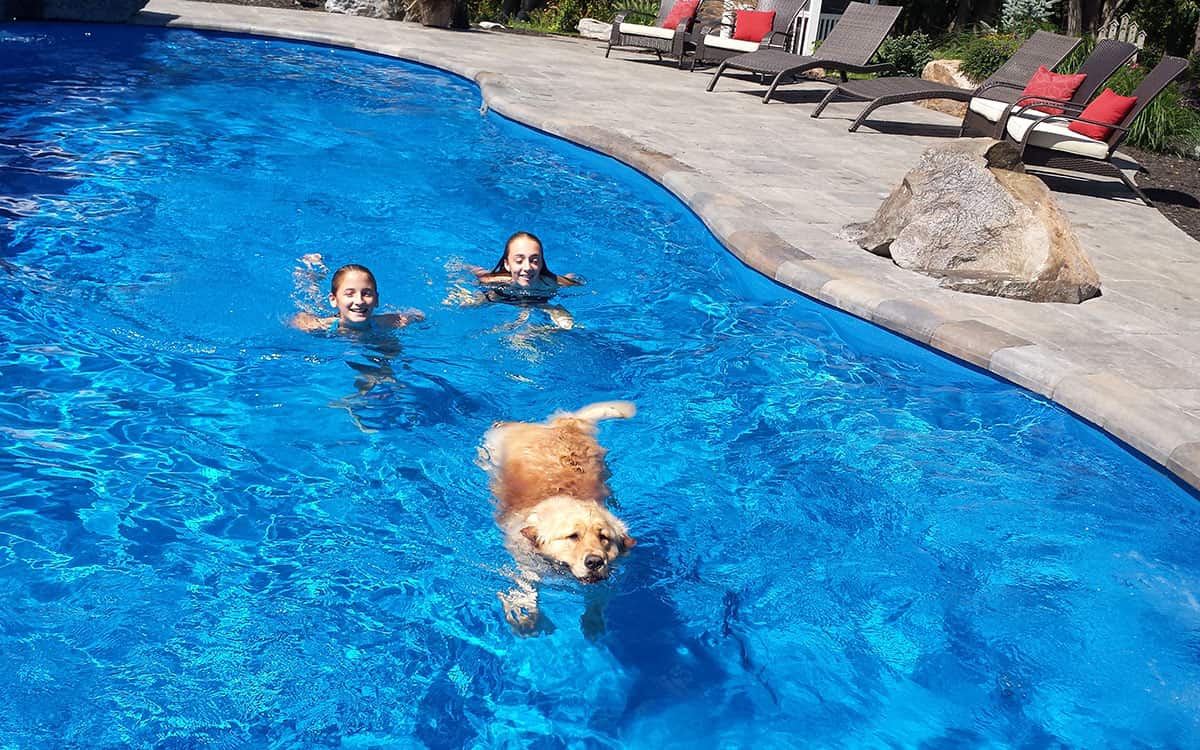

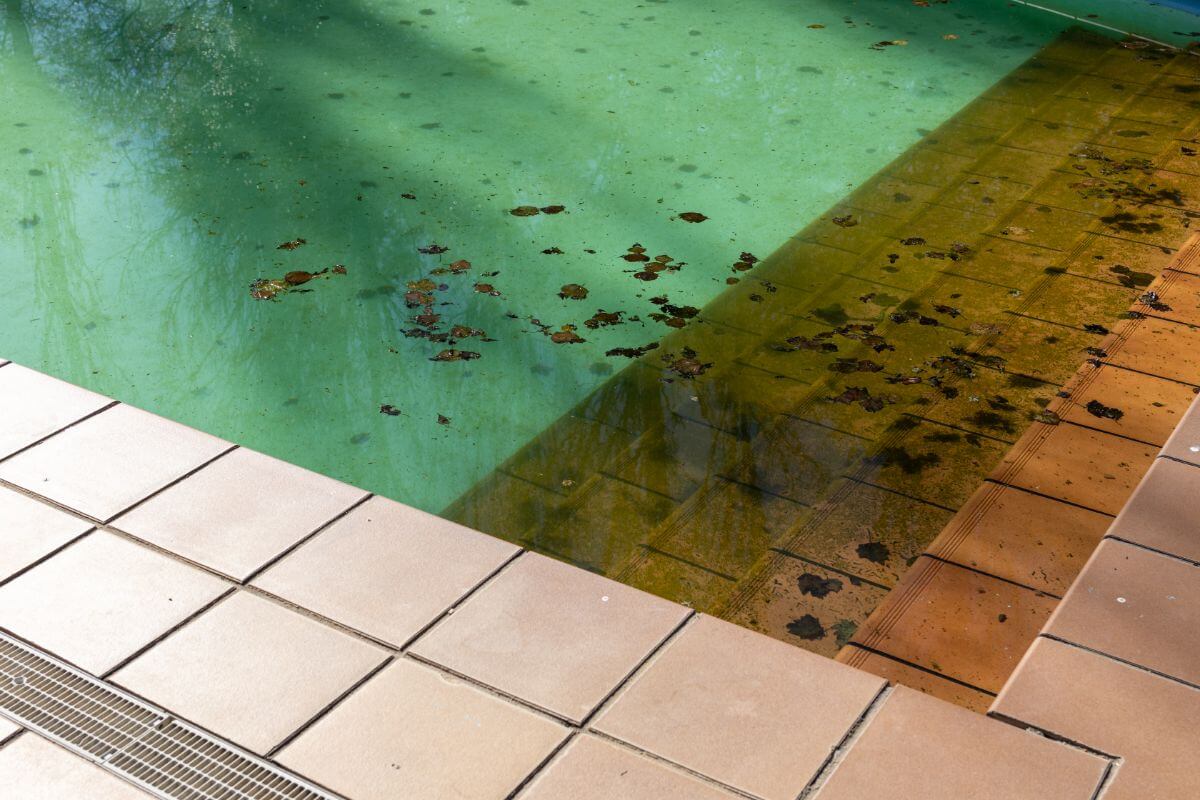
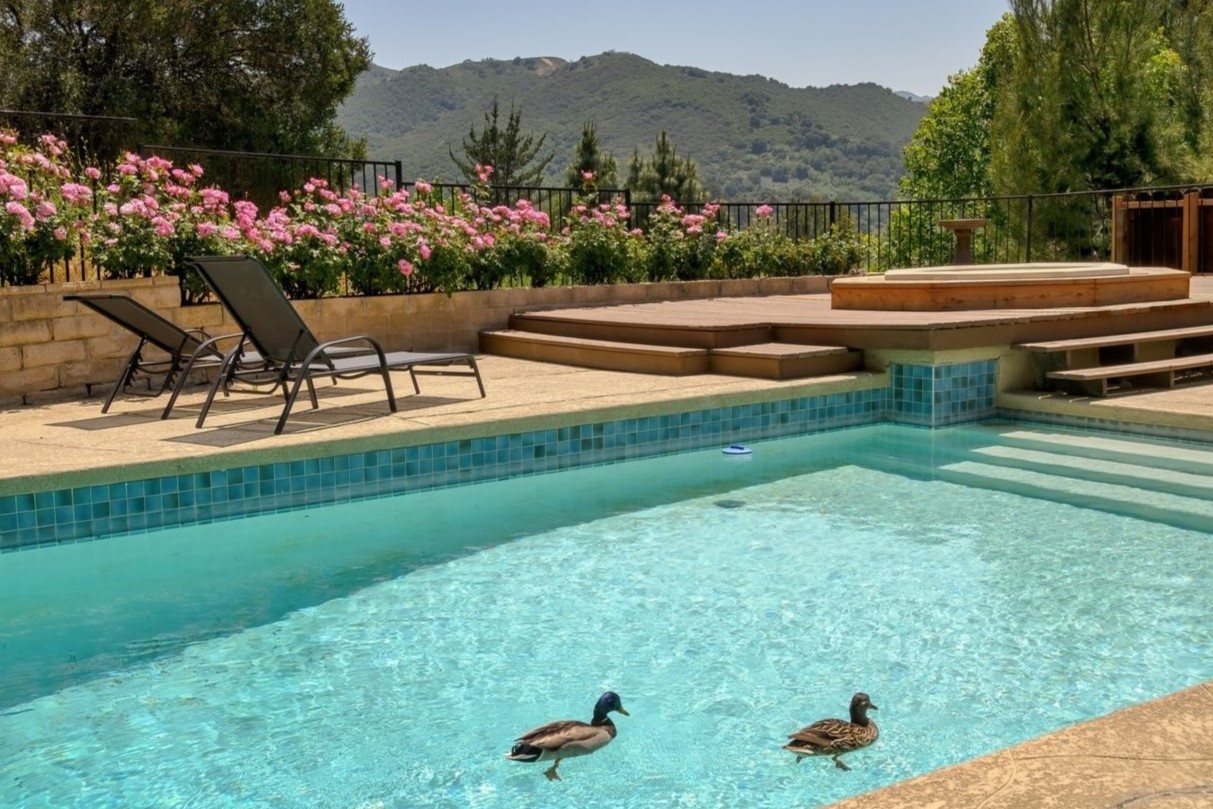
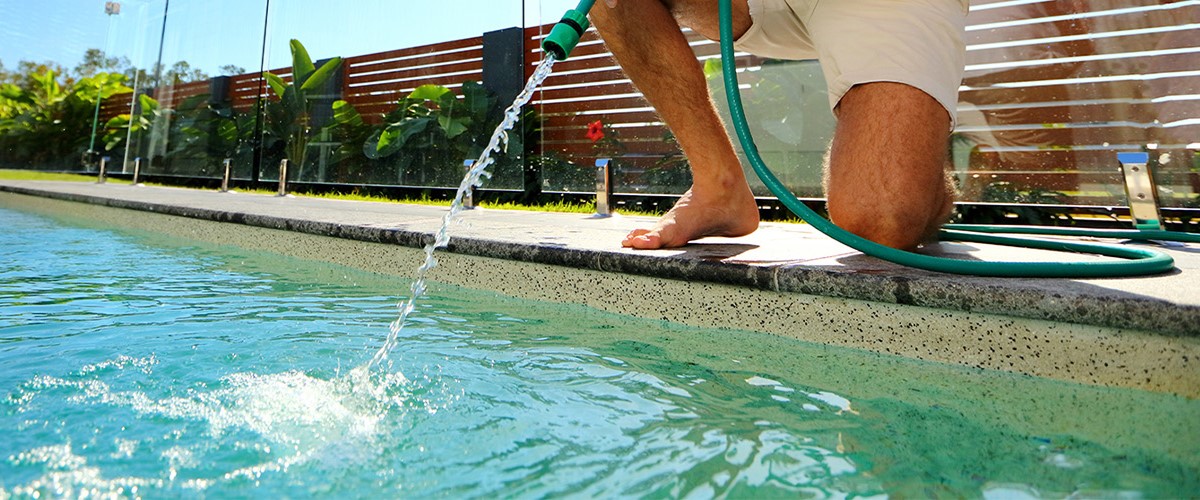
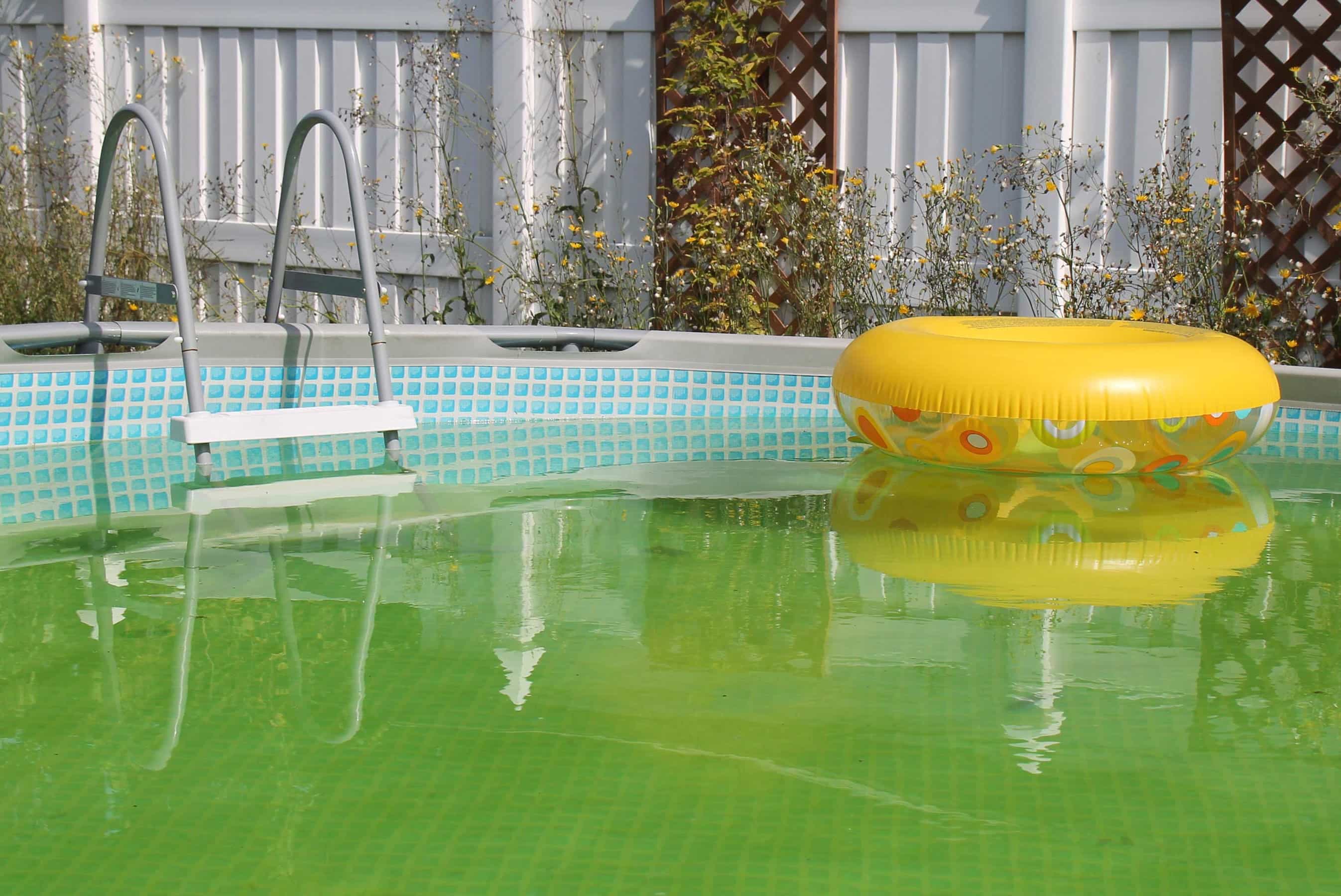

0 thoughts on “How Do You Fill In A Swimming Pool”